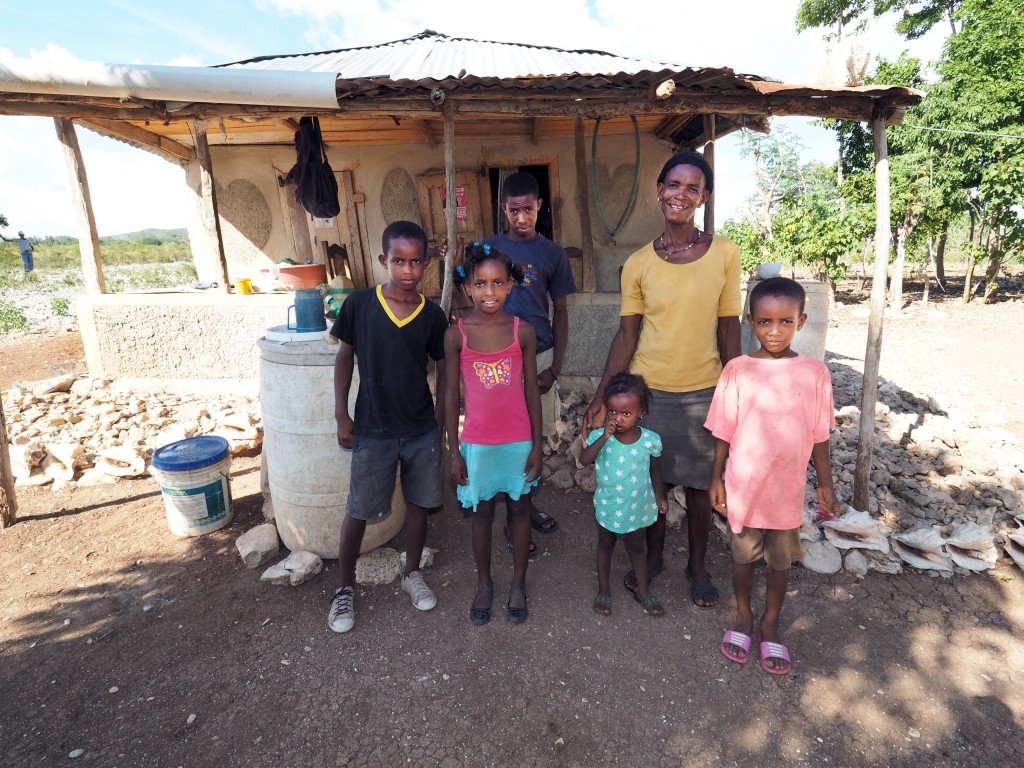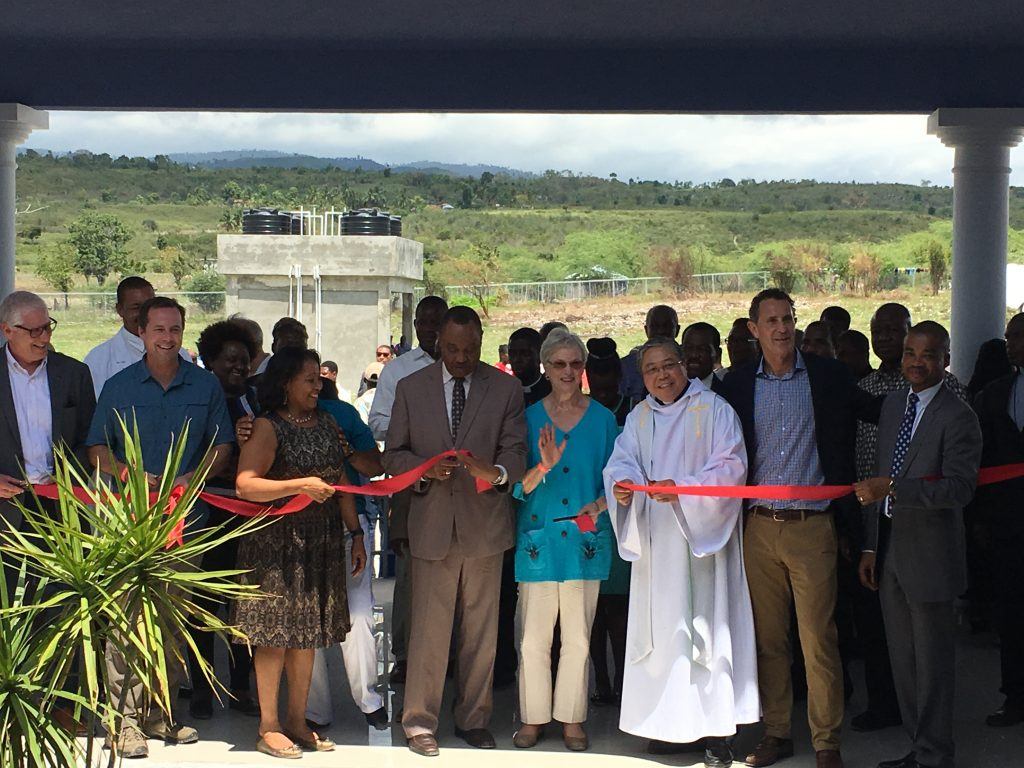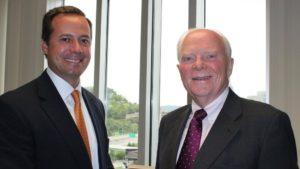A Conversation with Michael Connelly
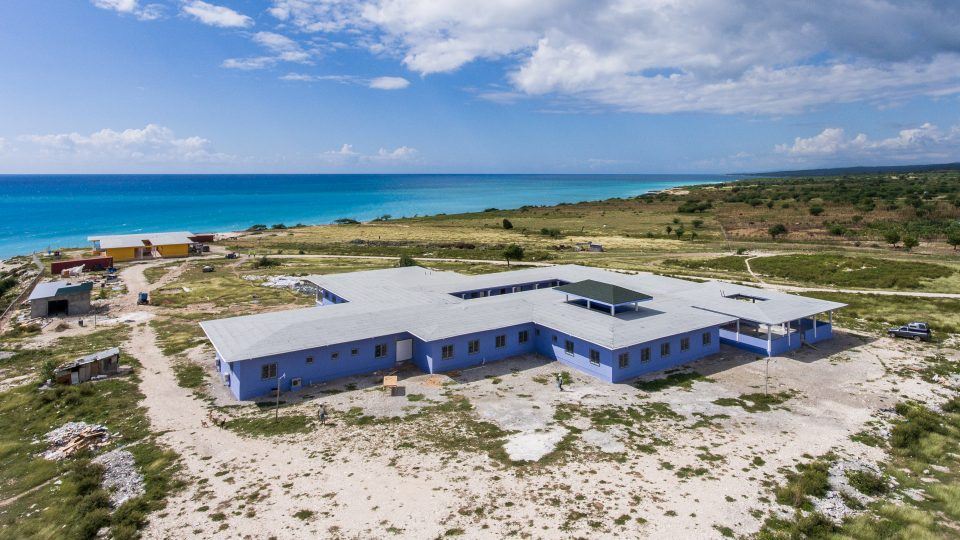
Making Mission A Corporate Priority
Mercy Health is a long-time CMMB partner, with a shared goal of serving the poor. When Michael Connelly, former board chair of CMMB, retired as CEO of Mercy Health, he also stepped down as a key champion of the Bishop Joseph M. Sullivan Center for Health (BJSH) project. His successor, John Starcher, assumed leadership of the Cincinnati-based health system, and continued to guide the new hospital to completion in Côtes-de-Fer, Haiti. We recently had the opportunity to speak with Michael about our shared mission and the power of collective impact.
Can you tell us what life has been like since retirement?
Michael: Well I am chairing the Urban League of Southern Ohio, and I am flying to Boston today for a meeting for Catholic Charity Nationals. I am on their board and chair their finance committee. I am involved with St. Vincent De Paul and I am on the advisory board for the University of Wisconsin – Madison for their business school. And I am working on a book. But other than that, I am retired.
We know there was in-country support for a hospital in Côtes-de-Fer. We also understand that yours was a key voice—the catalyst to making it happen. Why was it critical (for you) to bring quality care to this community?
Michael: It actually goes back to a conversation with Dr. Dianne Jean-François. Dr. Dianne was mentioning to me at a board meeting one time, that while there had been so much focus on Port au Prince in Haiti, that the rural areas were really suffering more. She hoped that someday we could do something in the rural areas because they are totally neglected—no one is really paying attention to them. So that was sort of the first real tug on the heartstrings, I guess you could say. The second, was Bruce Wilkinson coming up with, what I thought, was a strategically brilliant model of caring for communities, which moved away from stand alone programs, like AIDS outreach and education being a single program, and being successful on its own merits, but fundamentally not really changing the outlook of poverty in communities. Bruce proposed a more holistic approach that said, we need to address housing, water, education, and healthcare, and we need to partner with people to do that, and in order to do those things, we needed to make a long-term commitment to a community. And sort of a second idea was that Côtes-de-Fer would be an ideal place to pilot [this approach]. It was an ideal setting and an ideal opportunity.
CMMB started putting together partnerships and programs, and that was really the second step of the project. I would say the third step was securing needed funding. We’d also had the loss of Bishop Sullivan. I was actually very fond of Bishop Sullivan and close to him, so the idea of honoring of him in some way seemed very appropriate. Mercy Health made the commitment of $2 million to use as a matching grant to kick start the implementation of this concept in this remote part of Haiti. The [financial commitment] was made over five years to give the sense of continuity, and to create opportunities for the match. We made it conditional that CMMB would create a match to each gift, each year. We created outcome metrics to make sure CMMB fulfilled the conceptual ideas that we were talking about for a multifaceted approach to curing and stabilizing a community through various relationships. That involved doing some fun things, like buying goats to support the families in Côtes-de-Fer, so that became a really critical function, or a way of engaging everybody. It was always kind of revealing, that [the poverty] you found in third world countries, you could find at home as well. And actually, some of the solutions we’re using in third world countries were not being used here [in the U.S.] and they probably should be.
The last point that I would like to highlight is a concept [we created] to benefit Mercy. As part of the relationship, Mercy would be able to use the facility and the programs, as an insertion opportunity for volunteers from our system for leadership development. When employees go and have these [volunteer] experiences, they become better individuals, better leaders, have a better appreciation for the challenges that people face. We hope that they come back and become better serving leaders in the Mercy Health system. So that was also an element of moving forward with the initiative.
Mercy Health views healthcare as a ministry. Can you expand on the definition of health as not simply the absence of disease, but about a person’s physical, mental, and social well-being?
Clearly, I think that any sense of healthcare is multidimensional. The care we provide only impacts about 15% of your actual health. Most of it comes from your lifestyle and your genetics, and that is often overlooked in U.S. healthcare. Our ministry teaches us and our mission calls us to really view health in an holistic way. That means cultivating mind, body, and spirit. Poverty is a health issue and it’s a lifestyle issue, so having an obligation to address issues of poverty, and some of the worst poverty in the world, is a direct connection to our mission, which is why CMMB has always been an important part of our commitment.

In 2011, Mike Connelly traveled with CMMB and other members of the board to Kenya. Here he visits the slums of Nairobi.
Obviously, the BJSH project was not about Mercy Health’s bottom line, but more about doing what’s right for the underserved in the developing world. Why is corporate support (expertise, time, physical resources, financial commitment) critical to making projects like this a reality in places like Haiti?
It is about setting your priorities. The challenge is that in order to be effective in our day-to-day work in the U.S., we can all become consumed in those priorities. It is very difficult to sort of force yourself to step back and look at these other issues that are not directly related to your day-to-day obligations. The only way you can do that is to make it a priority. If you just put it up on the list of all the capital needs, and all the financial demands, and everything else that you are facing running a healthcare system in the United States today, you never end up in Haiti and you never end up with CMMB. These things don’t happen unless you look at yourselves, and you look at your mission, and you make something like this a priority, and you force yourself to do it.
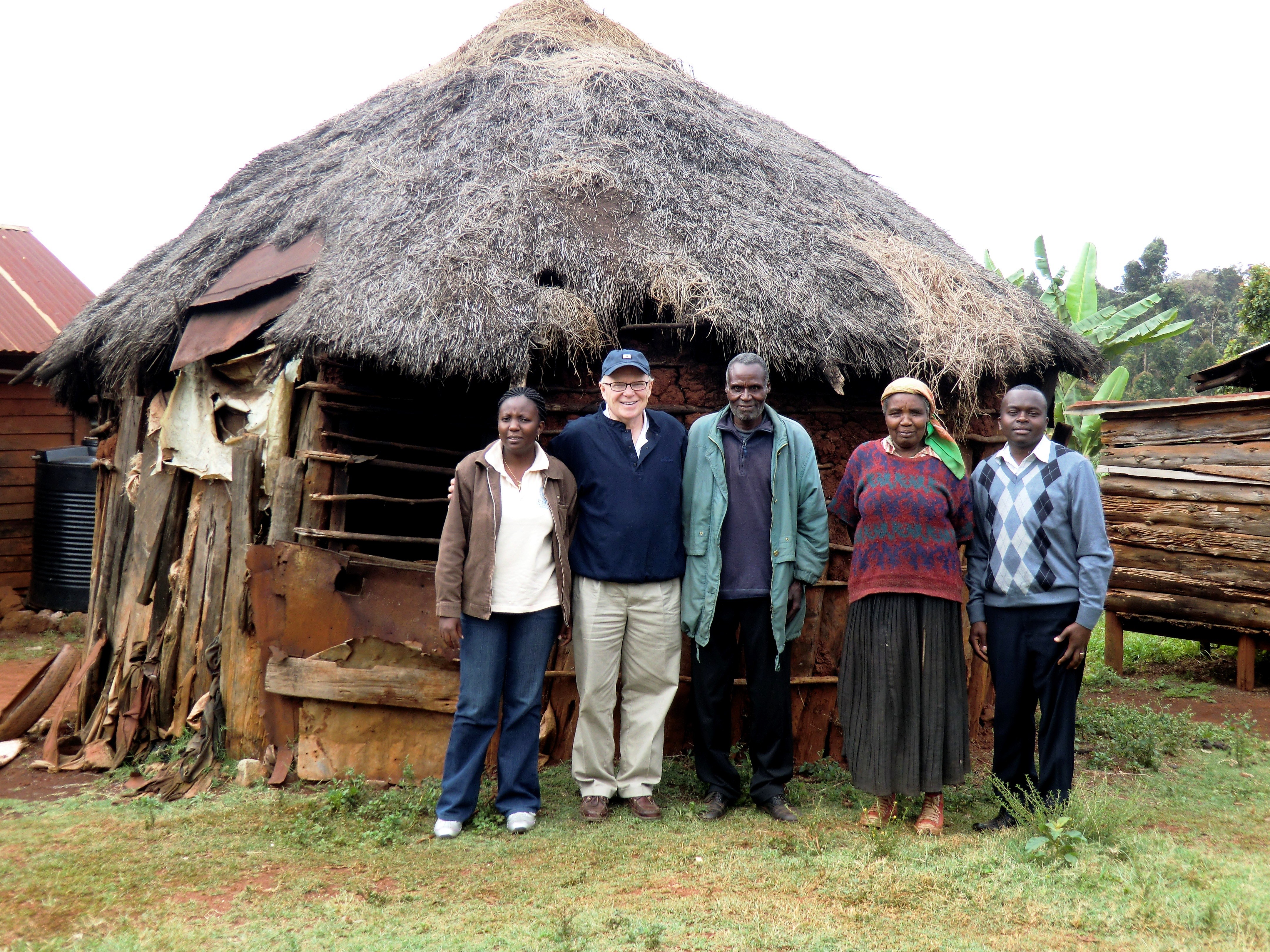
Here Michael is pictured with a family in Kenya and some members of our CMMB team during his visit in 2011
If you haven’t been to the slums of Haiti, or if you haven’t been to the slums of Kenya, or if you haven’t been to Sudan, you have really no appreciation for what real poverty is. There are poor people in the United States, and there is a safety net here that really is dramatic compared to those locations. The living standard in our country, compared to the living standard in those places, is dramatically different—even for the poorest. And so, understanding that discrepancy is fundamental to understanding the obligation to do something about it. Our faith calls us to view all of humanity, not just humanity at home.
Michael, what is it like seeing this dream of a new hospital become a reality?
I’m grateful. One of the great strengths of CMMB is that they know how to function in the countries in which they operate. You can’t take for granted that just because you want to do something good that you will actually do something good. The Red Cross is learning that in Haiti with their housing. Just because you want to do something good, doesn’t mean that it actually happens. I think what I have always appreciated about CMMB is that they know how to make it happen.
And so, the realization is actually relatively fickle. It’s one thing to say that you want to do something about the challenges faced in rural Haiti; it is another thing to actually get people to cooperate to get goods and services to the location with all the obstacles. I mean you look at all the dysfunctionality in Haiti, and so, that all of those things can happen, is something to be grateful for. In all partnerships, the first, most important thing is to pick the right partner(s). I think we were fortunate in picking the right partner with all the things I just summarized.
I have to give John Starcher credit. It was John’s choice [to complete this project]. And so, one of the things people ask me after being the CEO for 22 years, they always ask me, what about this or what about that for the new CEO. I say, “Can you imagine President Obama calling President Trump and telling him what to do on something?” Well, it applies to all these situations. I am no longer the CEO [of Mercy Health] and John is the CEO, and John has a fresh slate and he chooses what he wants. I would say I am grateful that he has chosen to continue the relationship with CMMB, but he has a lot of things on his plate and a lot of choices to make, and it was his choice to stay with this [project].
We are glad that he did.
